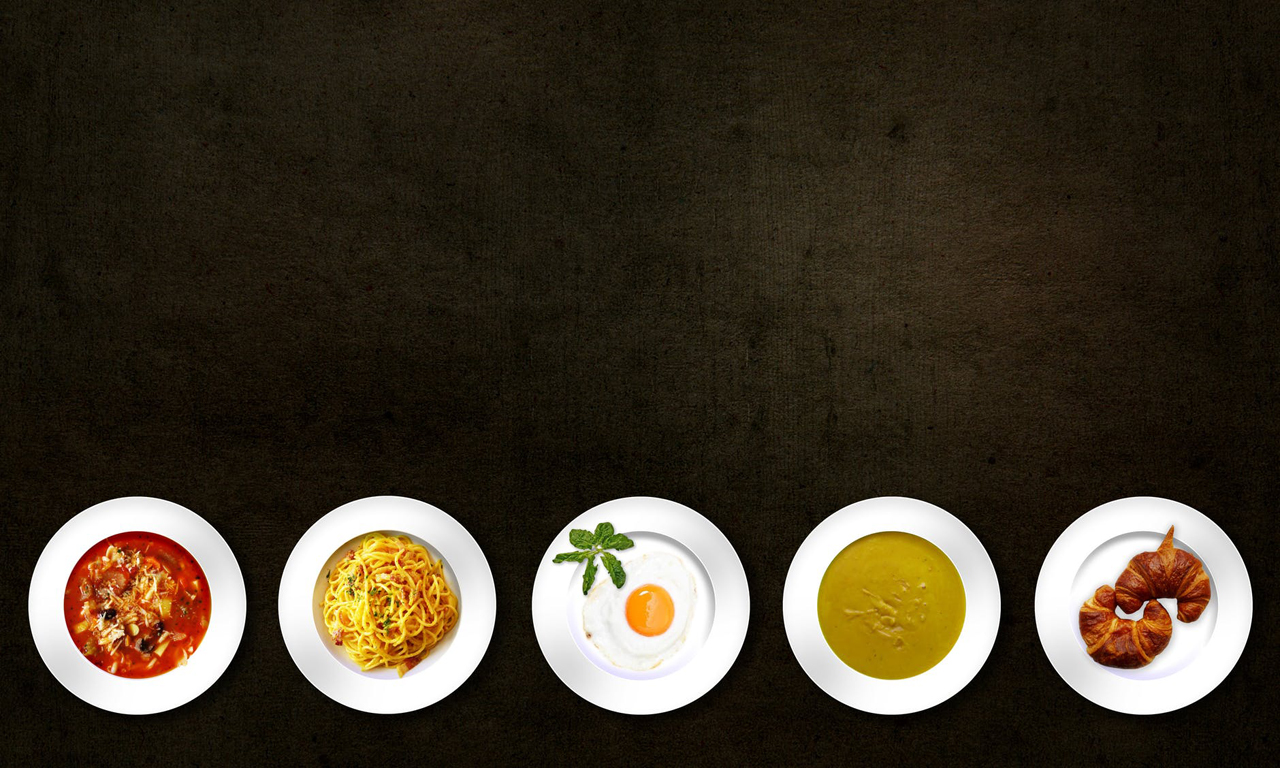
My last blog addressed what to eat. If you missed it, you might consider reading it first.
Today, we’ll talk about how much to eat. ‘Cause after you’ve figured out what to eat, the next logical step is to understand how much.
We all have friends who have lost weight on Weight Watchers, Paleo, South beach, counting macros, etc. Why is that? I like to look for a common thread because if you do that, you’ve unlocked the secret.
What do all diets have in common? They all control your caloric intake. Some system is telling you how much to eat: Using calories, points, weight, grams or macro percentage or a combination.
The problem with that method of caloric control is that you’re relying on external measures. When the external cue is gone, you haven’t learned anything and often fall back to old habits; i.e. overeating.
Whether or not you count macros, when you learn to tune in to internal cues it will serve you well.
To log or not to log?
Sometimes weighing, counting and logging gets too difficult & cumbersome, then we fall back into old, familiar habits and are no further ahead.
In addition, measuring, counting and doing math is very challenging when we’re dining out.
Logging is an awesome exercise to build awareness. And for sure it helps manages our caloric intake. Many studies have proven that people who log lose more weight. And my clients who consistently log their food are losing more fat than those who don’t. So if you like logging your calories, go for it! What gets measured, gets managed.
However, I don’t believe that it’s absolutely necessary to log in order to hit your body composition goals.
This blog will address both options: Counting macros and using internal cues to manage your caloric intake.
Pick the method you feel works best for your lifestyle. I use a combination of the methods and toggle between them given my personal circumstance at any given time.
Controlling calories without counting macros
Eating Slowly
This is a good practice to embrace, whether or not you’re tracking macros. It teaches you to pay attention to your own hunger cues.
Clients have told me that this one, strategic habit has changed their lives.
It’s simple, but not easy. Be prepared to practice it many weeks before it becomes a habit that’s ingrained into your everyday life.
When I practiced this for one week, I lost 2lbs. I kid you not, I couldn’t finish my ‘regular’ portions anymore.
Here’s a handout you can download to help you understand, practice and nail this habit.
Portion Control
An easy way to control calories without counting macros is to use your hand as a guideline for measuring portions.
Precision Nutrition teaches us to use portion sizes based on your own hand. Because your hand pretty much goes with you anywhere you go. This type of portion control is equivalent to portion sizes used in the 21-day challenge if you’re familiar with that protocol.
Here’s a handout illustrating portion sizes for women. Guys: just double the portions.
Calculating Macros
For those of you who like counting macros, here’s how to calculate them.
Keep in mind, the protocol outlined below is a general, textbook guideline. I often need to adjust these numbers after I have a view into a person’s lifestyle. Current calories, amount of training, type of work, sleep, etc.
Estimated Calories for people who are moderately active (i.e. training 3-4 times a week) are as follows:
- Fat loss: body weight x 12-14
- Maintenance: body weight x 14-16
- Weight gain: body weight x 18-20
Contact me if you have questions or if you need help getting a handle on your nutrition.
www.janetsalazar.com; [email protected]; 613-282-5267



